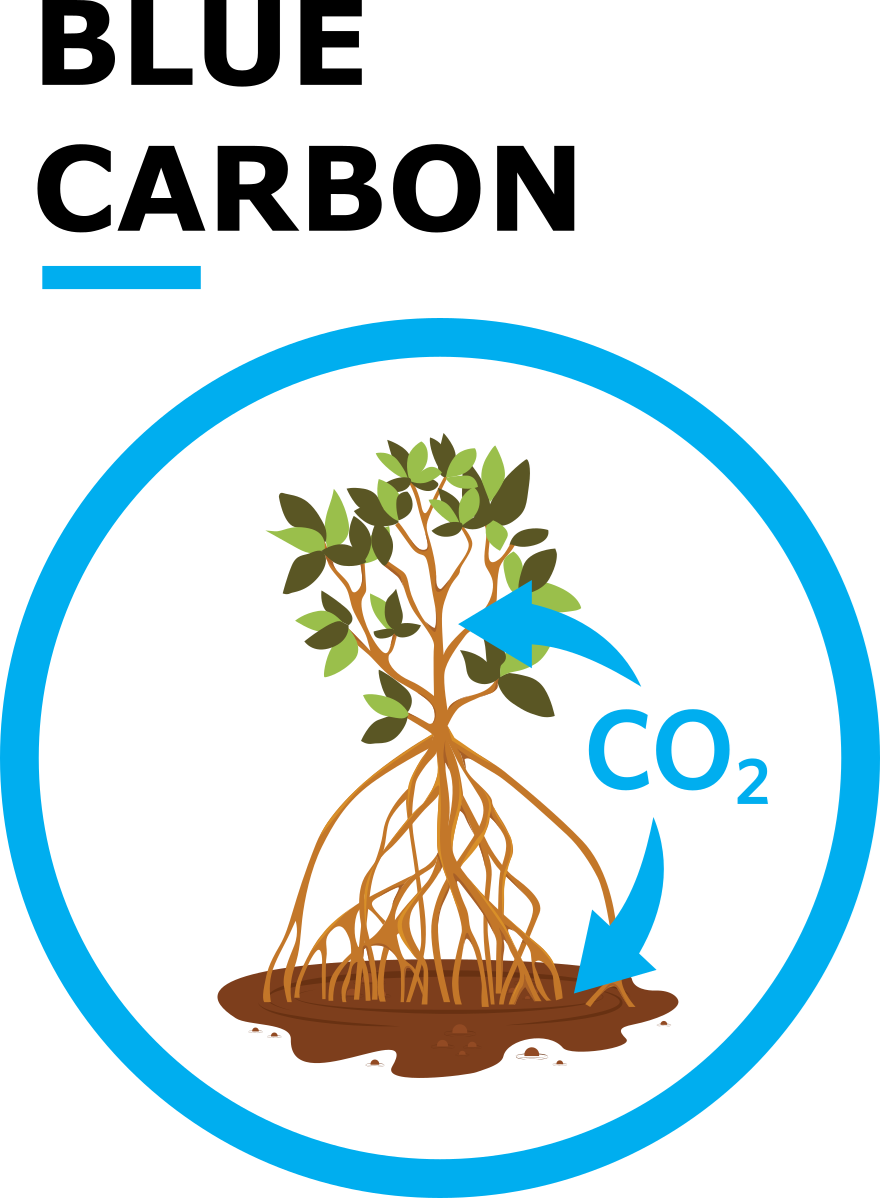
Nature's Hidden Treasure: The Blue Carbon Ecosystems Saving Our Planet
01 August 2024
In the ongoing battle against climate change, much attention is given to reducing emissions and advancing renewable energy. However, an invaluable yet often overlooked ally in this fight lies beneath the surface of our oceans and coastal regions: blue carbon ecosystems. These natural treasures, including mangroves, salt marshes, and seagrass meadows, play a critical role in capturing and storing carbon, providing a multitude of environmental and economic benefits.
What is Blue Carbon?
Blue carbon refers to the carbon captured by oceanic and coastal ecosystems. Mangroves, salt marshes, and seagrass beds are primary blue carbon ecosystems, and they are remarkably efficient at absorbing carbon dioxide from the atmosphere and storing it in their biomass and sediments. These ecosystems can sequester carbon at rates up to ten times higher than terrestrial forests and can store it for millennia, making them crucial in mitigating climate change.
Countries with Blue Carbon Potential
Several countries possess significant blue carbon ecosystems, offering immense potential for climate mitigation and sustainable development. Indonesia, home to the largest extent of mangrove forests globally, has coastal regions that are vital blue carbon sinks. Conservation and restoration efforts here can have a profound impact on global carbon sequestration. Brazil's extensive mangroves and salt marshes along its coastline are critical for carbon storage and biodiversity conservation. With vast seagrass meadows and mangroves, Australia plays a crucial role in blue carbon sequestration, and protecting these areas can significantly contribute to the country's climate goals. In the United States, coastal states, particularly in the Gulf of Mexico and along the Atlantic coast, have significant blue carbon ecosystems that can enhance carbon sequestration and provide storm protection.
Despite covering only 0.5% of the ocean floor, they account for over 50% of carbon storage in marine sediments. However, these vital ecosystems are rapidly vanishing, with significant degradation since the mid-20th century. Enforcing protection, investing in restoration, promoting sustainable development, and engaging communities are crucial. Effective integration into ESG strategies can mitigate climate change, enhance resilience, and preserve biodiversity, addressing both environmental and socio-economic challenges. Neglecting these efforts risks exacerbating climate impacts and biodiversity loss.



